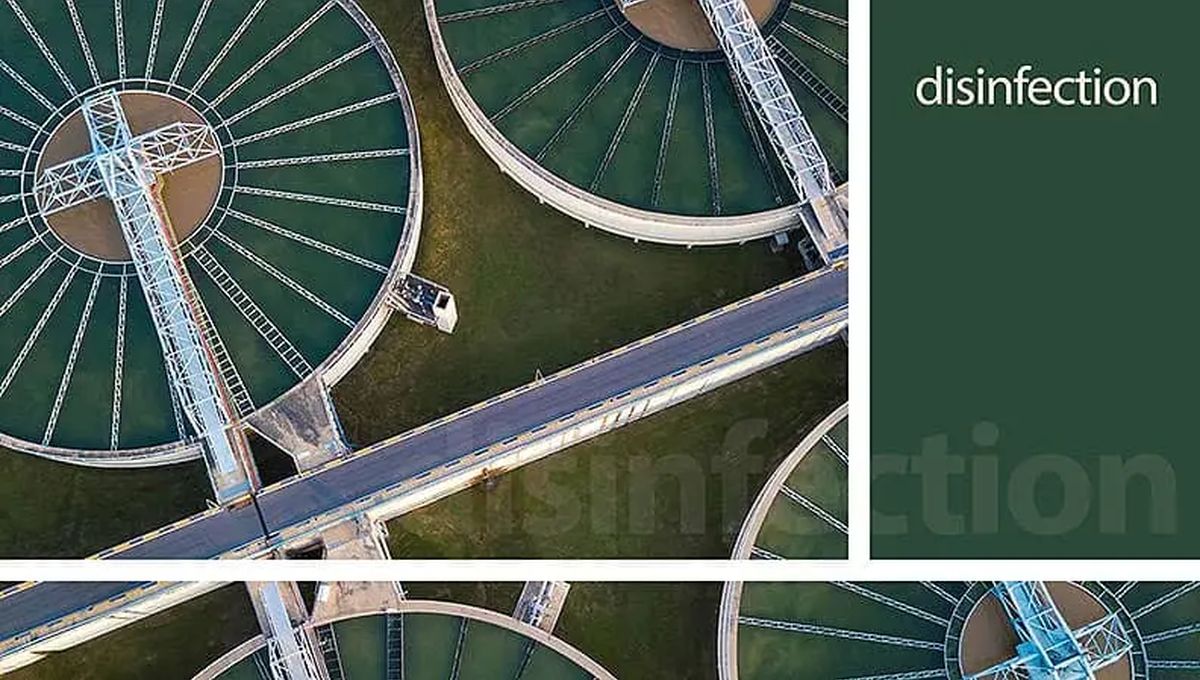Coagulants

Coagulation in water treatment:
One of the usual problems in the water and wastewater treatment industry is the existence of suspended charged particles with negative charge and a large number of them make the water unclear and reduce its quality. For this reason, chemicals having positive electric charge are used for this purpose to neutralize and connect negatively charged particles. This process called coagulation in water treatment is widely used in drinking water treatment plants. Coagulants, known as flocculants, are chemicals that neutralize the negative charge of suspended particles in water, causing them to coagulate or stick together.
How is wastewater treatment carried out?
Coagulants are key components for the wastewater treatment process that stick to the suspended solids and settle them so that they can be easily removed and the treatment process is carried out. It is very important to choose the type and amount of coagulant to prevent non-compliance and overdraft as well as to reduce the cost of consumption. The appropriate and practical choice of a coagulant can be critical for the success of a process. Coagulants are used to remove the disorganization of colloidal suspensions and neutralize suspended solids.
The Use of flocculants:
In fact, coagulation is basically a chemical process. In addition to coagulants, flocculants are also used for industries that need clear and higher quality water. Coagulating materials include those that are used to destabilize particles and stick them together, while the purpose of adding flocculants is to increase the density of the particles stuck together and help the sedimentation of the materials.
Features of coagulants:
- High power of coagulation
- Not making water poisoning
- Cost-effectiveness
Types of coagulants and flocculants to remove the turbidity of water:
Metal salts such as aluminum sulfate (alum), ferric sulfate, ferrous sulfate, polyaluminum chloride and ferric chloride as coagulants and compounds such as sodium aluminate, bentonite, sodium silicate (active silica) and different types of anionic and non-ionic cationic polyelectrolytes are sually used as flocculants in water treatment to remove turbidity.
The most common coagulants in water treatment:
Currently, the most common coagulants used in water treatment to remove water turbidity are aluminum sulfate and ferric chloride.Moreover, the composition of polyaluminum chloride with the chemical formula (AL2(OH)Ncl6-n) is a pre-polymerized coagulant that has been widely used in recent years.
The effect of coagulants on water pH:
Iron and aluminum compounds are among most mineral coagulants and because of their acidic properties, they reduce the pH of water. The pH of water has an effect on the surface charge of particles and the stagnation of clots, it is necessary to adjust the pH of water with the help of substances such as limewater or soda.
Since the use of metal salts based on the neutralization of the colloidal electric charge causes the production of a large volume of sludge, considering economic issues and practical efficiency, it is recommended to use flocculants along with mineral coagulants, and due to the importance of the issue, a number of mineral coagulants are described below.
Mineral coagulant (Aluminum sulfate):
Aluminum sulfate is known as alum or white alum. By adding to water or calcium bicarbonate with water, it reacts and produces aluminum hydroxide, which creates a center for the accumulation of unloaded colloid materials and larger clots. If the alkalinity of the environment is insufficient, it prevents the formation of aluminum hydroxide, for this reason lime water and sodium carbonate are used to create aluminum hydroxide. One of the important disadvantages of using alum is causing calcium hardness and creating CO2 (corrosive agent).
Is water treatment with aluminum sulfate harmful to health?
Aluminum sulfate, thus used to treat drinking water, is the main source of hydrogen sulfide gas in sewerage systems. The use of aluminum-based coagulants may result in a slight increase of aluminum in the level of treated water, but considering the amount of coagulant used, this level does not cause a problem for the health of consumers.
Treatment of Water with polyaluminum chloride:
They have high power and speed in separating and extracting water impurities. Due to the neutralization of aluminum chloride with some basic solutions, it is prepared in two types with and without sulfate. Its difference with aluminum sulfate is due to the type of aluminum structure in each of these salts.
Advantages of polymer coagulant in water treatment:
- Wide operating pH range
- Less sensitive to heat
- Leaving less residue than other metal coagulants
- Reduction of sludge production
- Ease of sludge dewatering
The coagulant most widely used:
Ferric Chloride is one of the most widely used coagulants and it is sold in the form of a liquid or crystallized powder. As a result of the reaction with calcium bicarbonate or calcium hydroxide, iron hydroxide is produced, which is a center for the accumulation of colloidal substances. This substance has corrosive properties and because it spoils against air and moisture, it is difficult to maintain.
Magnesium oxide (MgO) coagulant:
Activated magnesium oxide is highly effective to remove water-soluble silica. This substance works at a pH of about 5.9 and more, and it is used in soda lime lightening units.The PH and temperature of the environment determine the amount of coagulant added to the water. The larger the particles are, the lower the consumption of this substance. Magnesium oxide is usually used for water with high color and turbidity, but if there is enough magnesium ion in the water, then only lime is necessary to be added to the water to form a jelly-like deposit of 2(Mg(OH)). While going down, it attracts suspended particles and removes them from the environment.
Polyelectrolyte coagulant:
Considering the limited range of activity of the main coagulants and in order to increase the efficiency of the process and significantly reduce the turbidity, polyacrylamide polymers are used as flocculants or independent coagulants.
How the polyelectrolyte coagulant works?
Polyelectrolytes increase the settling speed of suspended materials, the efficiency of filtration and separation, the dimensionality and density of settled materials, and improve the quality of the process and significantly reduce the final turbidity.
Polyelectrolyte coagulant applications:
- As an flocculan in the process of raw water clarification in production of drinking and industrial water
- Coagulation of suspended solids and colloids in the processes of sugar and liquid concentration
- Separation of solids and organic compounds in the return water of refrigeration and heating systems
- Separation of oil and grease solids and insoluble oxides in the treatment of return water from the rolling sector in the steel industry
- In petrochemical industries as color removal of suspended solids and colloids
- Coagulant in the systems of industrial and sanitary wastewater treatment
mitreh coagulant:
Abrizan company produces Coagulants with special formulation increasing the settling speed of suspended materials, the dimensionality and density of settled materials, the efficiency of filtration and separation, improve the quality of the process and significantly decrease the final turbidity. They have cationic, anionic, uncharged and polymeric types, which are used in accordance with the electric charge of suspended particles and water turbidity.
Row | Product code | Product name | Description |
1 | CA70 | Anionic coagulant | R.O. feed water for seawater and supplement of polymeric antiscalants |
2 | CK58 | Cationic coagulant | RO feed water and open and closed circuit cooling |
3 | CI44 | Uncharged coagulant | RO feed water and open and closed circuit cooling |
4 | CP61 | Polymeric coagulant | RO feed water and open and closed circuit cooling |
Conclusion:
Coagulants are one of the most important substances in water and wastewater treatment. Their mechanism is such a way that they stick to solid particles and make them settle.They are used to destabilize colloidal suspensions and neutralize suspended solid materials.
In general, coagulation is a chemical process in which the coagulant is used as a chemical to remove suspended solids, color (natural organic materials), phytoplanktons, bacteria and viruses and for water clarification, liming, sludge thickening, and sludge dewatering.
Through methods such as the Jar Test method the type and amount of chemical and coagulant can be obtained. Among the types of coagulant materials, iron, polymer and aluminum materials, etc. can be mentioned.
share :







Submit your opinion
Your email address will not be published.